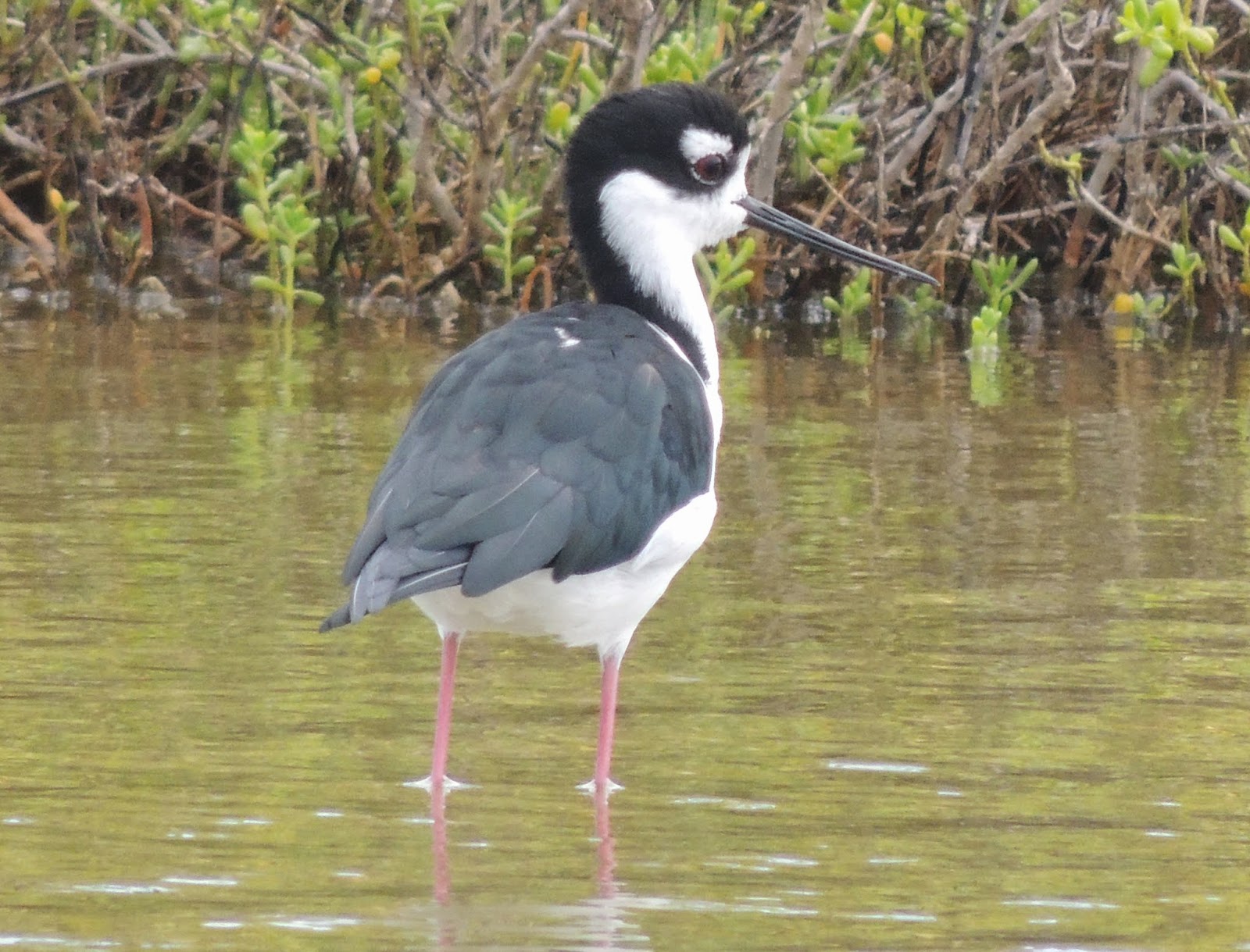
It's no secret. I love collective nouns. You might even say I collect collective nouns. (Hmmm....I wonder if there is a collective noun for a collection of nouns.) Anyway, a group of hummingbirds is called a charm. Because they are such popular birds, they actually have several options and are sometimes referred to as a shimmer or a glistening. But I like a charm.
I've been busy and the summer flew by without me writing a blog post. For that I apologize, but there's no better time to return than when hummers are charming my backyard! One reason I've been too busy to post is that filling feeders and photographing the hummingbirds is a full time job during migration. Texas is in the Central Flyway, the major superhighway for birds migrating between Canada and Mexico so spring and fall migrations are very busy times.
Myth: If I don't take down my feeders, the hummingbirds won't migrate.
Fact: Healthy hummers will migrate no matter what. A few, maybe older birds or birds that bulked up too late to safely make the journey, may over winter in some areas. Prevailing wisdom says to keep feeders up for about two weeks AFTER you see the last hummer.

After spending the summer in Canada and Alaska, these tiny birds make their way to the coast. Here they bulk up on sugar water and natural nectar that they will need to sustain them for a 20 hour non-stop flight across the Gulf of Mexico. Remember that these tiny birds weight about the same as a penny yet have to add up to 40-50% of their body weight in preparation for the long flight.
They fly alone, not in flocks, on their 500 mile trip. And that is after having made the journey from the north. Some hummingbirds will travel up to 2700 miles between their summer and winter homes. There is some evidence that they follow the same route (without the benefit of AAA or Mapquest!) so you may see the same birds year after year at your feeders.
Myth: Hummingbirds catch a ride on the backs of Canada Geese or other birds.
Fact: Hummingbirds fly at much lower altitudes than geese do. Also geese flying south don't end up in the tropics.
This past week was the
Rockport-Fulton HummerBird Celebration. I was thrilled to get to see hummingbirds being banded and even was privileged to hold two for release after they were banded. The banding process allows scientists to gather data about sex, weight, health, migration patterns, and size. Banders can even tell if a female hummingbird hatched babies (the head feathers are raggedy from spending so much time in a tiny, thimble-sized nest). Banders must hold a federal permit and the birds can not be held for very long during the banding process. Only about 150 people are certified for banding hummingbirds (and at least 3 were at the Celebration)! Anyone can take a look at how many birds of various species have been banded in any state by searching the
USGS map. It's unlikely the average person will spot a banded hummingbird but sightings can also be reported to USGS. And many birders do spot bands on larger birds, providing information on migration patterns.

The hummingbird is caught in a mesh bag that has been hung near feeders. Then the bird is banded. weighed, measured, sexed, and an estimate of body fat is taken. The bird is remarkably calm in its "sock." Once all the clinical stuff is done, the bird is placed onto the flat hand of an observer. After a moment, the bird flies off.
There is so much more to be said about these charming little birds, but I've got to go fill feeders and monitor the proprietary antics of my own little charm. They'll only be around for a few more weeks!
























.jpg)









